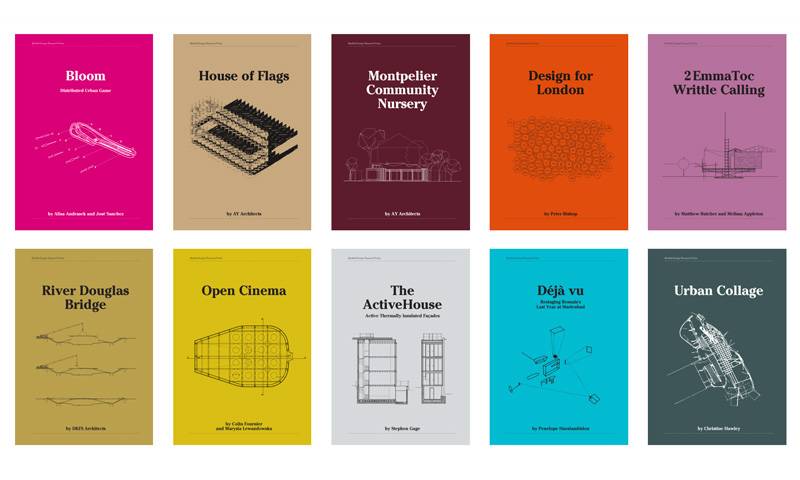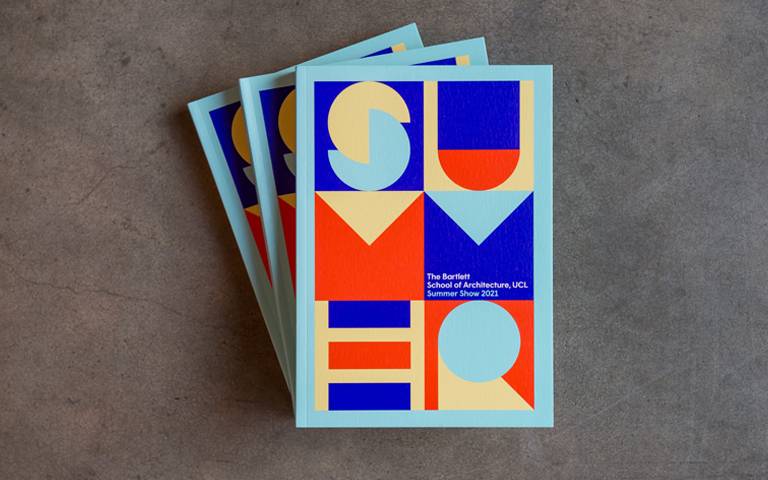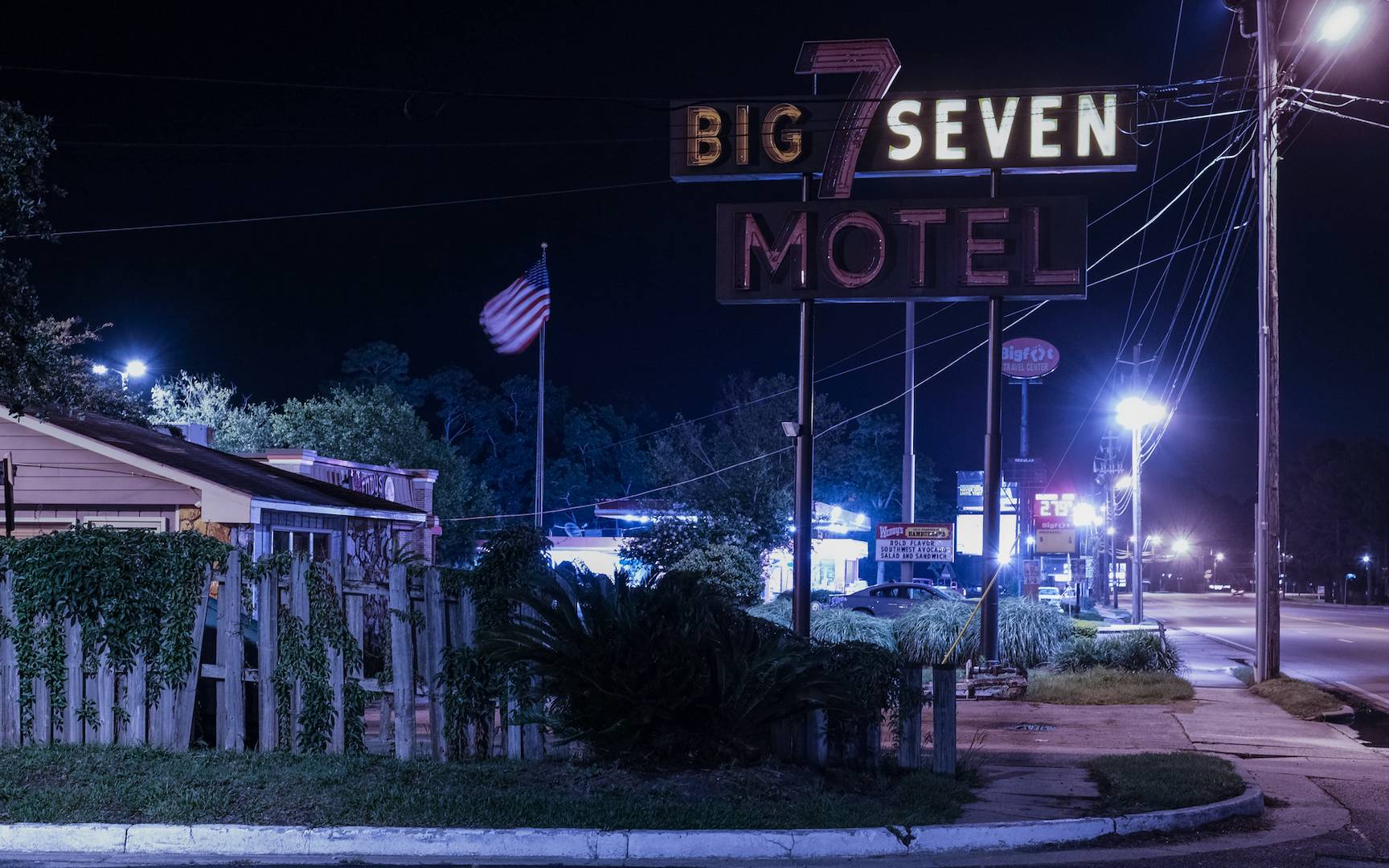Food City is an investigation into the urban consequences of food transparency, combining nostalgia and futurism in a narrative architecture to examine food production in urban environments.
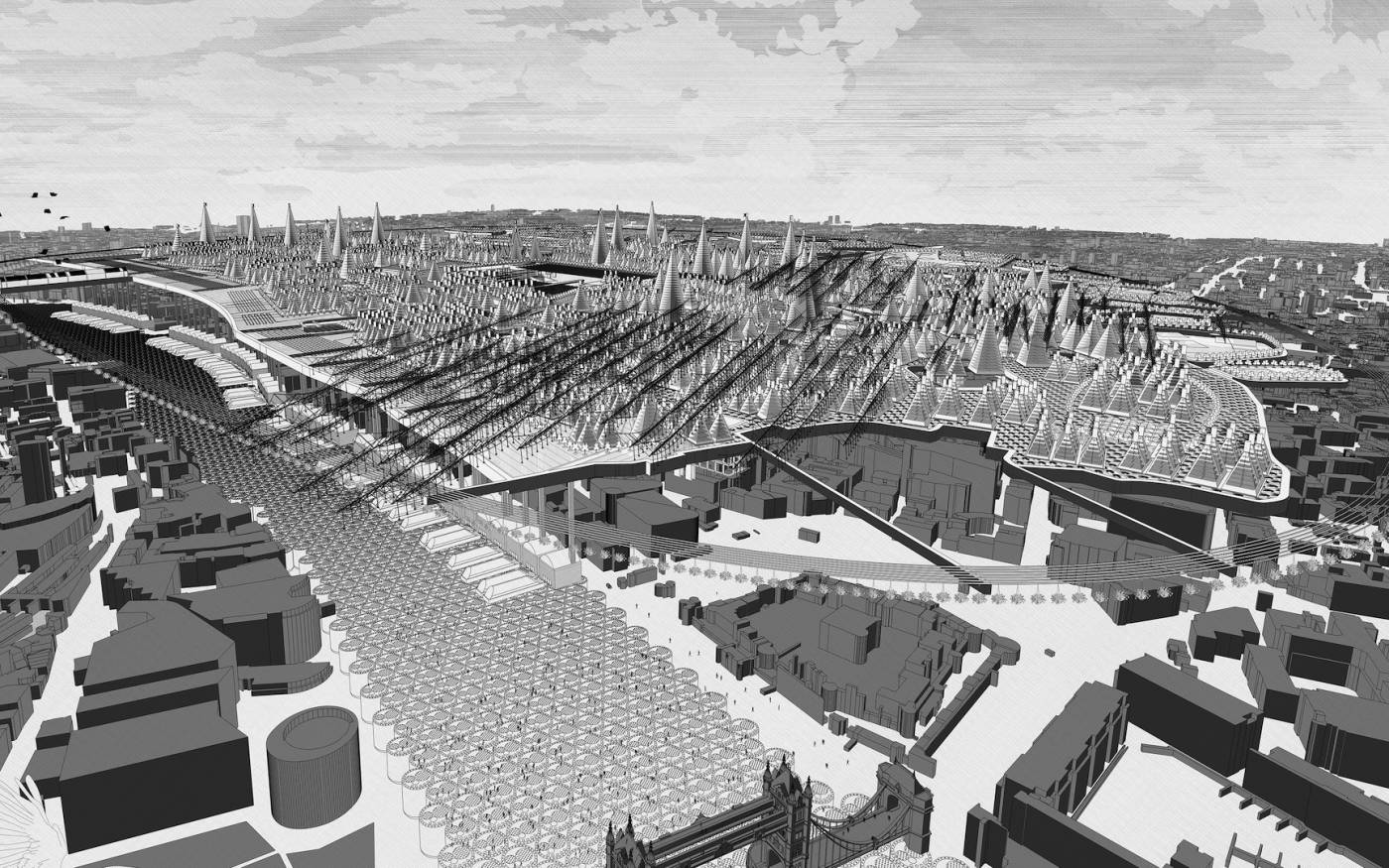
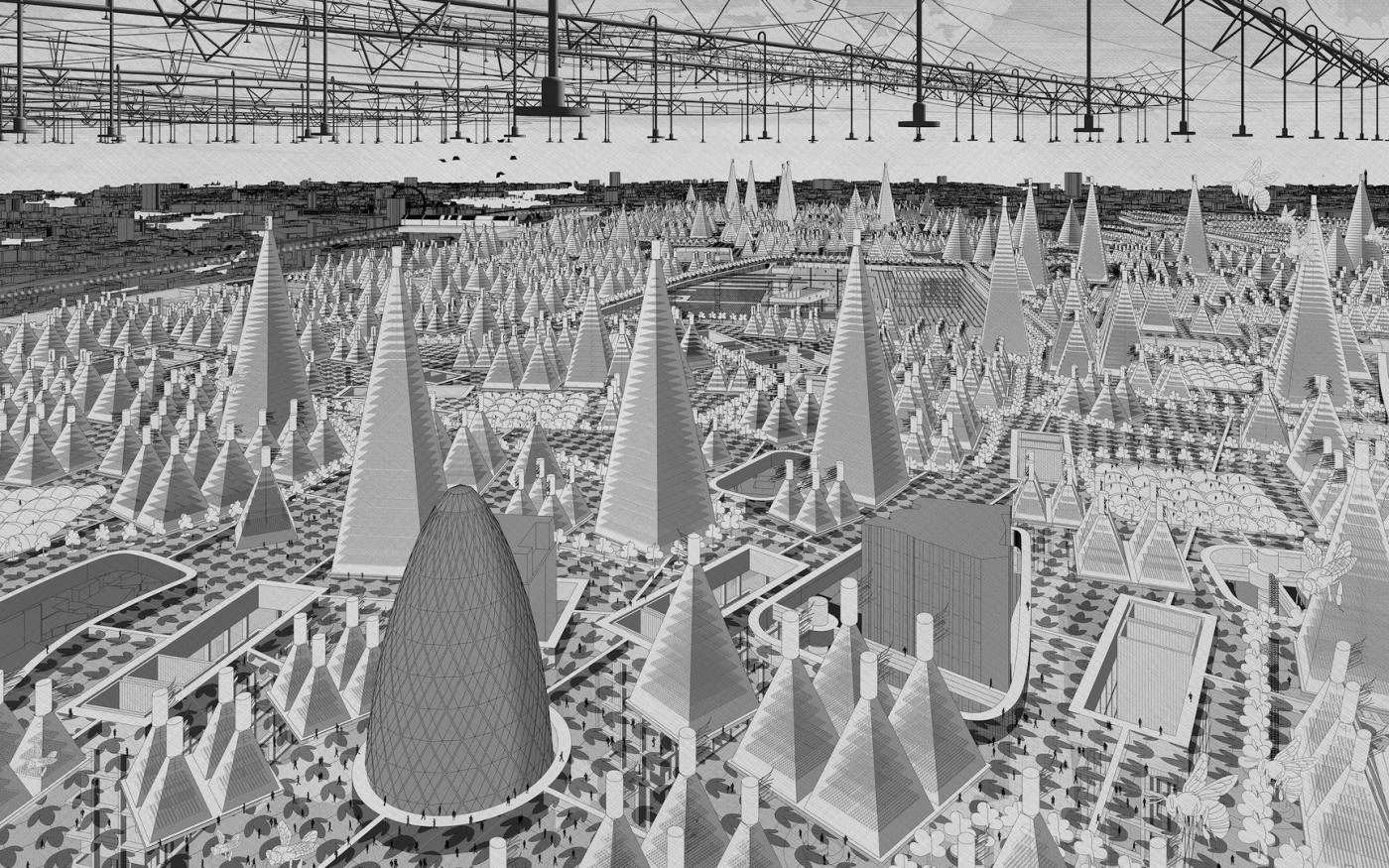

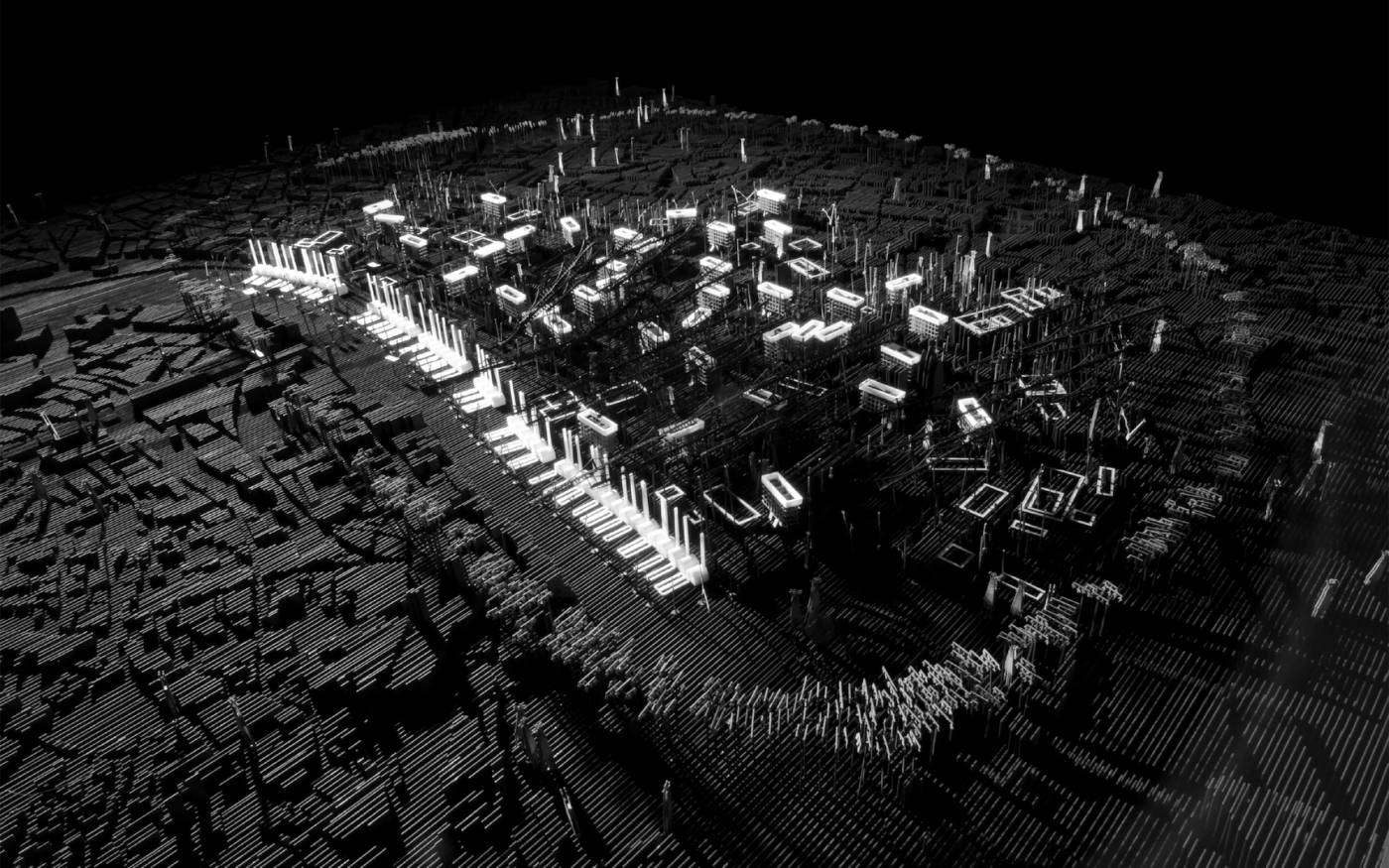
Overview
The research produced the ‘Food Parliament’, a transformational tool that reveals London’s potential response to the omnipresent energy crisis and contributes to the discourse around food security and urban utopia. The ambition of the research lies in its ability to translate government policies and scientific facts in relation to food into architecture and urbanism, converting dry data into an impossible but speculative design, whose aesthetics can capture the public imagination.
The Food Parliament employs symbolism and a fictional narrative structure to create sustainable architecture, city infrastructure and environments of spatial and social impact, in addition to alleviating food insecurity with the use of poetics as well as technical exposition. The investigation signals a legitimate spatial symbiosis between architecture and urban planning, with symbolism and narrative. Furthermore, the Food Parliament is a multi-disciplinary demonstration of sustainable design, combining architecture, planning, geography, hydrology and environmental engineering to develop a holistic model of an alternative urban form – in effect, the 21st century hybrid version of Ebenezer Howard’s Garden City and Buckminster Fuller’s Dome over Manhattan. Research of this speculative nature is not common in the context of contemporary architectural practice, and even less so in the planning of cities.
- People
The Food Parliament (Design Research team):
Prof CJ Lim
Martin Tang
Pascal Bronner
Jen Wang
Geri Ng
Barry ChoFood City (Research team):
CJ Lim
Thandi Loewenson
Alex Gazetas
Ned Scott
Dean Walker- External partners
The research is supported by ADAPTr, Marie Curie Research Fellowship and the Architecture Research Fund, The Bartlett, UCL.
- Image credits
CJ Lim
 Close
Close


